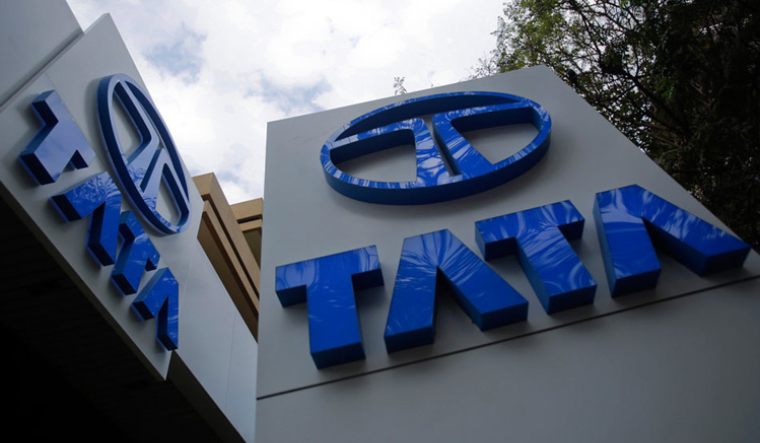Over the last few years, Tata Motors has doubled down on the domestic passenger vehicles business and its efforts that included a hugely revamped product portfolio seem to be finally bearing fruit.
There is a strong demand in the car market in India as personal mobility is gaining traction due to the COVID-19 pandemic and social distancing that it has necessitated. Tata Motors has launched a host of products in the last one year, like the Altroz hatchback, a refreshed Nexon compact SUV, along with a brand new Nexon electric and new variants for the Harrier SUV, and that seems to be paying off.
In the July-September quarter, Tata Motors’ PV retail sales accelerated 73 per cent year-on-year to 53,500 units. There has been a strong demand during the Navratri period.
P. Balaji, CFO, Tata Motors says, October has been a “blow out” month in terms of PV industry demand and the same is seen at the company too.
“We are at our highest ever order rate, highest ever bookings, highest ever wholesales, we are currently doing. We don’t have capacities at this point in time, we are doing our best to ensure that supplies pick up and at this point in time we would love to have few more hours in a day to produce,” he said.
Whether the demand will sustain beyond the festive season will have to be watched out for, but Balaji says the current pickup is definitely more than just a pent up demand.
“I could have understood pent up demand in June, July, maybe August. But, its coming into September, October and picking up further. Its building up momentum,” he said.
Despite, the stellar domestic PV business, Tata Motors reported a consolidated net loss of Rs 307 crore in the July-September quarter, versus a loss of Rs 188 crore a year ago and revenue at Rs 53,530 crore was down 18 per cent, as a year-on-year de-growth in sales at its luxury Jaguar Land Rover unit as well as the domestic commercial vehicle business weighed.
JLR retail sales in the second quarter declined 12 per cent from a year ago (up 53 per cent quarter-on-quarter) to 1.14 lakh units, while CV retails were down 56 per cent from a year ago to 38,300 units.
While, domestic passenger vehicle sales have been accelerating, the revival in the commercial vehicles segment has been slow. Aided by the strong growth in e-commerce sales, demand has remained resilient in the intermediate and light commercial vehicles. Demand in other truck segments like tippers is also beginning to revive. However, the biggest concern still remains the bus segment, where a turnaround may still be some time away.
“...cautiously optimistic that the worst is probably over as far the commercial vehicles is concerned. (However), almost nothing is happening in buses. Thanks to schools being shut, offices working from home and state transport undertakings not having the financial muscle at this point in time and not ordering buses. This is one category I am concerned about,” said Balaji.
At JLR, a gradual improvement in sales is expected to continue and will be supported by new and refreshed products, including the short wheel-base Land Rover Defender 90, the refreshed Jaguar F-PACE as well as 2021 model year Range Rover Velar, Jaguar XF and Jaguar XE, the company said.
At a consolidated level, Tata Motors said it is committed to achieving near zero net automotive debt in the coming years by focusing on better front-end activations of the product range and executing cost and cash savings with “rigour”.
Tata Motors shares closed up 1.5 per cent at Rs 135.70 on the BSE on Tuesday. The stock has more than doubled from the 52-week-low of Rs 63.60 it hit on March 24 this year.
Tata Motors sees strong turnaround in passenger vehicles, but CV sales drag
Tata Motor's revenue was down 18% YoY on declining sales of CVs and luxury cars
 Representational image | Reuters
Representational image | Reuters
TAGS
📣 The Week is now on Telegram. Click here to join our channel (@TheWeekmagazine) and stay updated with the latest headlines
read more
-

Blinken criticises silence over Hamas as pro-Gaza protests spread on college campuses
-

All royal family members contesting Odisha assembly polls 2024
-

Heeramandi, Bridgerton Season 3, Atlas: Upcoming Netflix releases in May
-

IPL 2024: KKR reach highest T20 total at Eden Gardens against PBKS
-

Boeing Starliner cleared for first piloted launch. All you need to know



